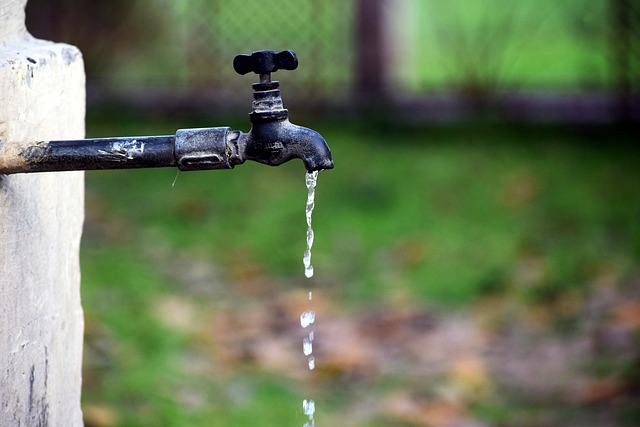
Europe Approves Right to Repair to Reduce Mass Waste
In recent days, the European Union has made a significant step forward in promoting sustainability and reducing mass waste. The news concerns the approval of the right to repair for technological devices and household appliances, a decision destined to radically change the way we approach e-waste management and sustainable consumption.
This initiative was welcomed with great enthusiasm by environmentalists, activists and aware consumers who have long supported the importance of extending the life cycle of electronic products to reduce environmental impact. But what does the right to repair actually mean and how will it affect our daily lives? The right to repair is a concept that aims to ensure consumers are able to repair their electronic devices and appliances rather than replace them when they break down. The common practice until now was to throw away a defective product and buy a new one, thus contributing to the exponential growth of electronic waste, but this approach not only has a negative impact on the environment, but also involves a significant waste of natural resources and financial.
Europe has now decided to tackle this issue decisively, pioneering the right to repair for a wide range of devices, including smartphones, computers, household appliances, and more. This move is part of a broader EU commitment to promote the circular economy, while minimizing resource consumption and greenhouse gas emissions. One of the key aspects of this initiative is the pressure placed on manufacturers to make their products more easily repairable and this means that companies will be obliged to provide information, spare parts and repair schemes for their products, more than they already did until now. This change represents an important turning point, as many companies have designed their devices in such a way as to make repairs by the consumer difficult or impossible while maintaining a certain planned obsolescence that forces the consumer to buy a new model.
The right to repair will have numerous benefits for both the environment and consumers. First, it will significantly reduce the flow of e-waste, helping to prevent soil and water pollution from harmful chemicals found in electronic devices, and it will also allow consumers to save money in the long term by avoiding frequent purchases of new devices and making full use of the ones they already have. Another positive aspect of the right to repair is the stimulation of the circular economy. The production of new devices requires a large number of resources, from the production of materials to the manufacturing and distribution of products, and facilitating repair will reduce the demand for new products and push towards a more sustainable economic model, where existing resources are used in a more efficient and effective way.
However, not everyone is enthusiastic about this new regulation. Some manufacturers, in fact, argue that making their products more easily repairable could compromise innovation and market competitiveness, while supporters of the right to repair argue that designing more durable and repairable products can incentivize innovation in new ways, pushing companies to develop more sustainable and long-term solutions in compliance with future and even more stringent regulations relating to the ecological transition.
The approval of the right to repair by the European Union is an important step in the direction of environmental sustainability and responsible resource management. This decision marks a significant change in the mentality of consumers and companies, pushing towards a more holistic and environmentally conscious approach in the production and consumption of technological products and household appliances. Now, it is up to us to make the most of this opportunity to build a more sustainable and environmentally friendly future.
Alessandro Fiorentino



 Subscribe
Subscribe